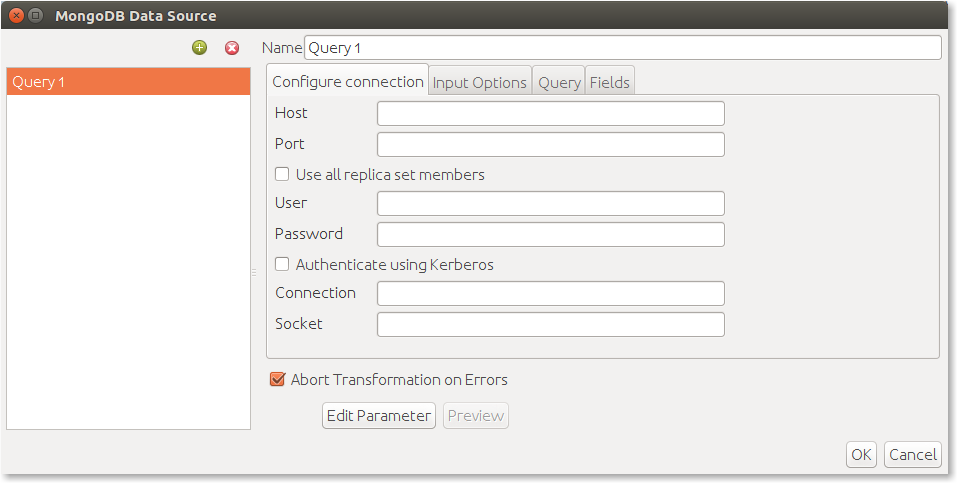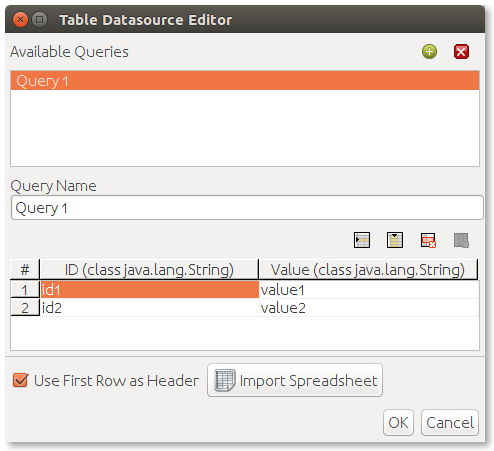In Chapter 4, Creating a Report with Report Designer, you saw how to create a report from scratch using Pentaho Report Designer. As an exercise, you created a data source defining the list of fields requested for viewing results, making charts, calculating formulas, and so on. In this chapter, you will go through the details of the founding concept of the data source, discovering all the available types and their specific features.
In this chapter, you will start with an introduction about data source management using the Pentaho report, diving deep into all the different data sources one by one, and learning how to configure them using Pentaho Report Designer. In particular, you will see:
- The data source for a DBMS using JDBC
- The data source for metadata in XML metadata interchange format
- The data source for MongoDB
- The data source for Pentaho Data Integration transformation
- The data source for an OLAP schema (Mondrian)
- The data source for XML...











